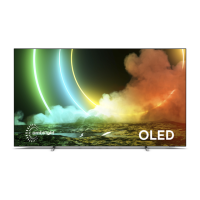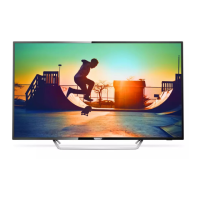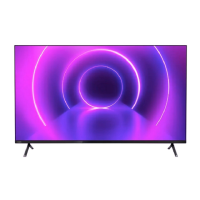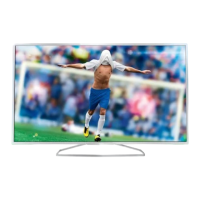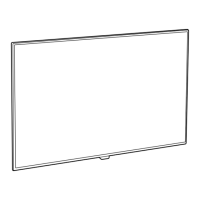
Do you have a question about the Philips 6500 series and is the answer not in the manual?
| Display Type | LED |
|---|---|
| Smart TV | Yes |
| Refresh Rate | 60 Hz |
| USB Ports | 2 |
| Sound Output | 20W |
| Dimensions (W x H x D) | Varies by screen size |
| Weight | Varies by screen size |
| Resolution | 3840 x 2160 (4K UHD) |
| HDR | HDR10, HLG |
| Screen Sizes | 43", 50", 55", 65", 70" |
| Connectivity | Wi-Fi, Ethernet |


